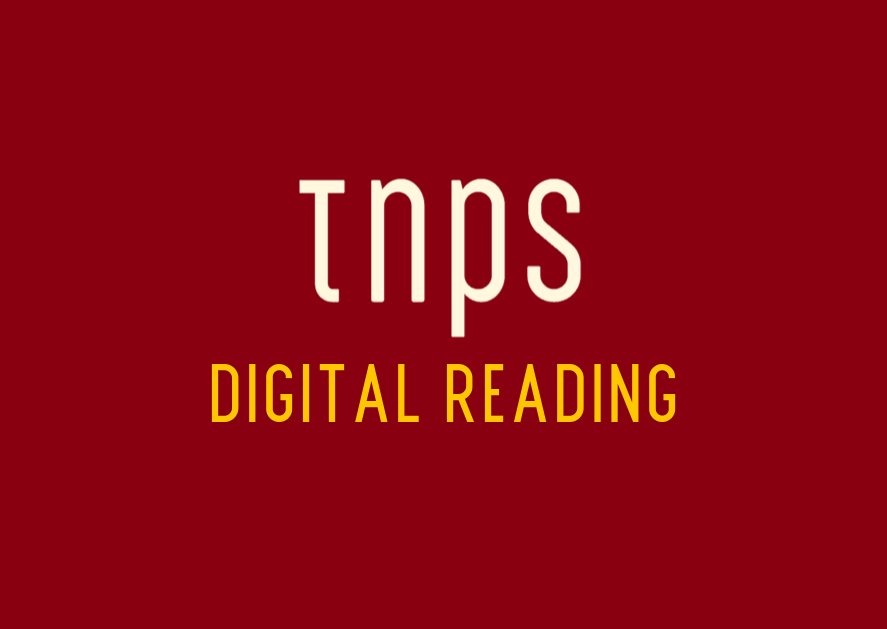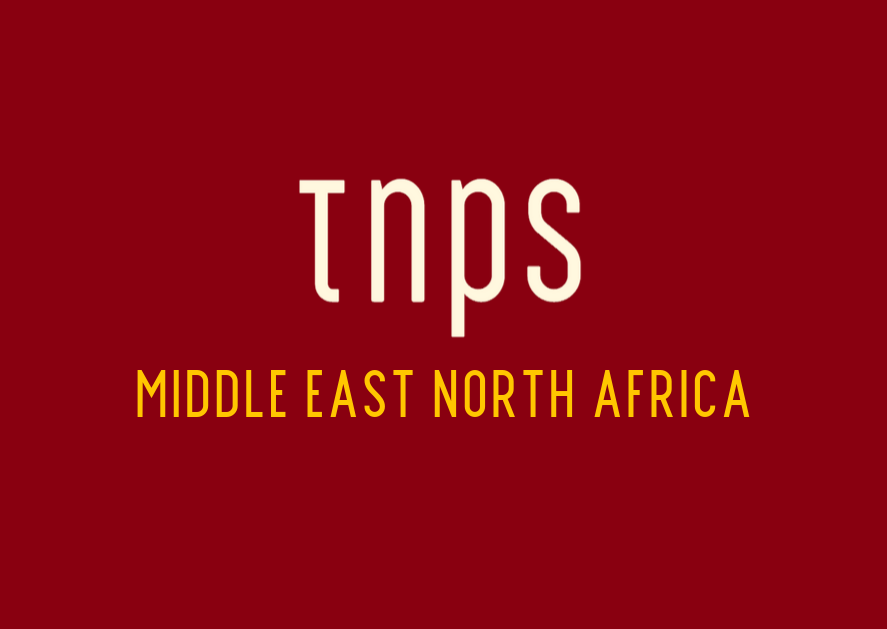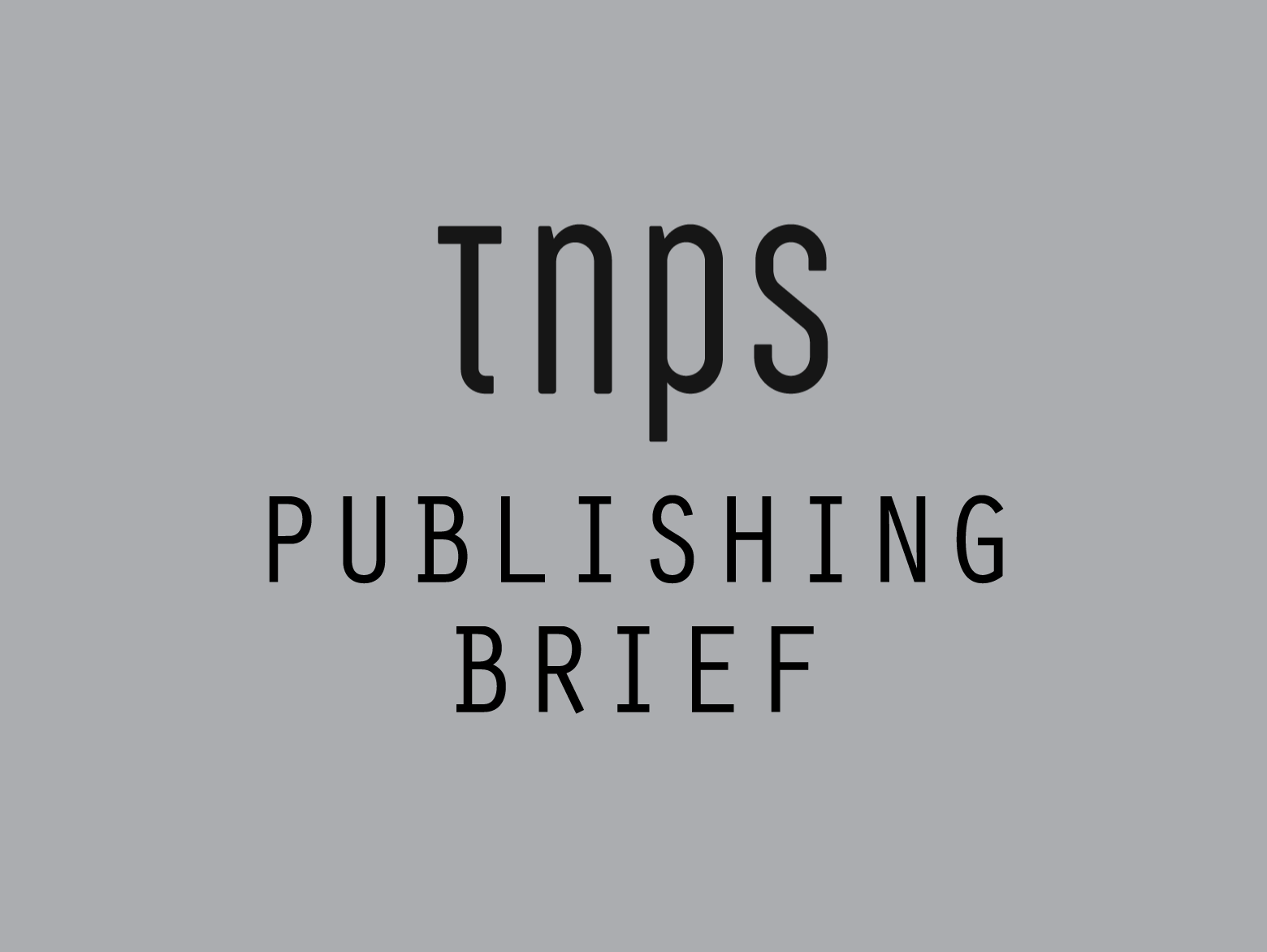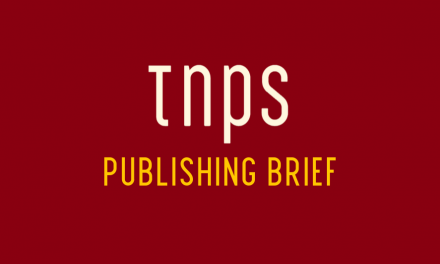Further to our coverage of the Indian micro-fiction site Terribly Tiny Tales (TTT) early this month, this week the Times of India has an update.
“It started out small…make that tiny.
“With a Facebook page that invited stories no longer than a sentence or two. That was 2013. Today, the one-million strong Facebook community of Terribly Tiny Tales is something of a mini business empire with merchandise, workshops, short films, a mobile app, digital ad campaigns, and about a hundred curators sifting through thousands of story submissions.”
The TTT founder, Anuj Gosalia, believes the phenomenal rise of online microfiction has to do with shortening attention spans. “The idea of finishing a book is more and more demanding.”
Hmmm. My thoughts lay in another direction – that microfiction is tapping into a new breed of readers. Or perhaps breeds of readers.
Sure, some microfiction readers, myself among them, will be regular-length readers, but that doesn’t mean my attention span is in freefall.
What it does mean is that
- I am quite capable of enjoying microfiction, short fiction, long fiction and whatever else life throws at me, including more and more films, TV, etc. without having to abandon one to appreciate the other, and
- I am far more likely to turn to microfiction while using a smartphone or laptop online, but will still turn to my ereader or printed book for longer reading sessions.
No doubt I’m not alone.
But above and beyond that,
- microfiction will be tapping into readers who have never been comfortable reading longer texts and were previously missing out on the reading experience, and
- microfiction on mobile devices will – and this especially so in countries like India – be tapping into a readership that simply had no accessibility to mainstream books before
Many of these new readers will be discovering not just online literature, but literature itself, for the first time. And as the retailers and distributors get their act together and make more mainstream books accessible online so these new readers will become wider consumers of literature in all its forms.
But let’s come back to the Tlmes of India report.
“There’s money in (microfiction) too. In the last three years, TTT has done 75 brand collaborations with Cadbury, United Colors of Benetton, Accenture, Tinder, Kohler, and others, with writers having to submit stories around a theme or word (say, ‘united’ for UCB). TTT then picks the best of the lot to be published on its Facebook page, which has (an) audience of over one million. A collaboration with an international brand can pay between Rs 10 and 15 lakh (lakh = 100,000 rupees). Ruparel says writers whose work is published, can make up to Rs 1,000.”
As per our previous TNPS report, publishers like PRH India are tapping into this too. The first Terrible Tiny Tales book has just been published, and safe to say more will follow.
Just one more way in which, while many of us in the west are looking the other way, convinced that the North America trade/print/ebook/Amazon debate is the only show in town, publishing and literature globally are thriving.





